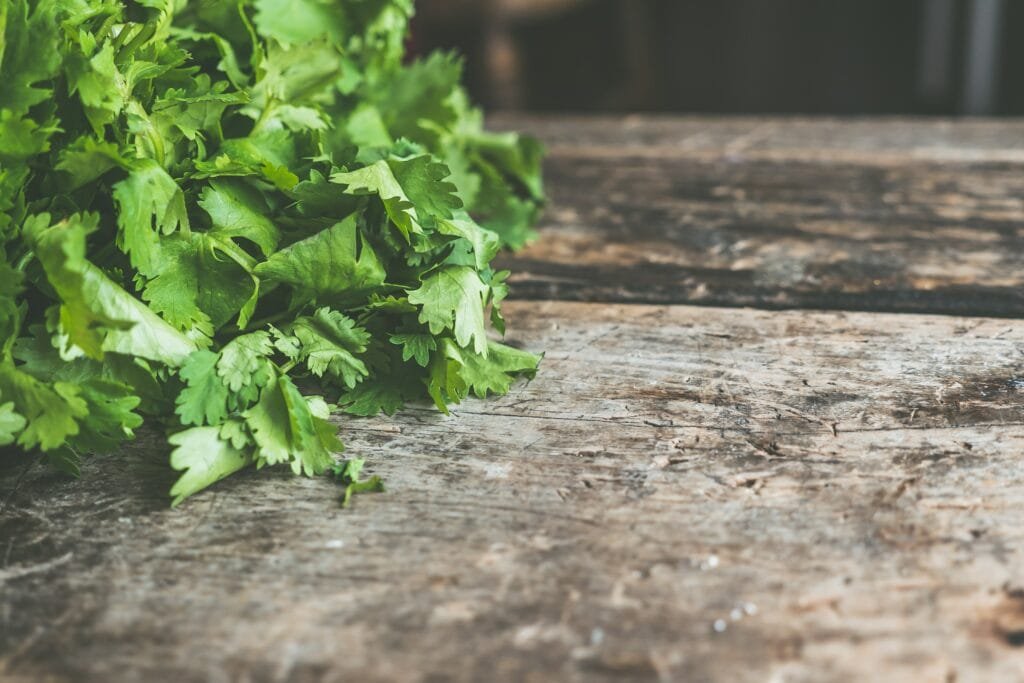Herbs are a fantastic choice, whether you’re a novice gardener just starting out or a seasoned pro wishing to add some more plants to your collection. They reward you with abundant harvests of fresh herbs that can be used for both culinary and medicinal purposes when given the right amount of sunlight, sufficient water, and the occasional boost of fertilizer. Here are the twelve easiest herbs to grow if you’re looking for suggestions to get you started.
Herbs’ adaptability is among their best qualities as a plant to grow. For the most part, potting in soil-filled containers or the actual ground can be used for growing them either indoors or outdoors. They enjoy lounging on the windowsill of your kitchen as much as they enjoy basking in the direct sunlight of your yard.
Continue reading to discover the twelve herbs that are easiest to cultivate, their uses, and the requirements they may have for their growing environment.
Easy to Grow Herbs
These plants are regarded as some of the ideal herbs to grow because of their easy going nature.
1. Sage
Sage is a staple for the Christmas holiday and Thanksgiving dinners because it is often used in chicken dishes and stuffing. Common, or garden, sage is the kind that is most frequently used in cooking due to its flavorful leaves.
As long as they obtain 6 to 8 hours of direct sunlight each day, plants can thrive both inside and outside. When growing inside, it is important to add fluorescent grow lights as needed.
It is indeed a single plant that can easily satisfy your culinary needs.
2. Oregano
Many Mexican and Mediterranean meals are enhanced by oregano, which is also becoming popular as a specimen for indoor herb gardening. It behaves as a perennial plant when grown outside, reappearing each spring. The plant benefits from regular harvesting. It prefers little to no fertilizer, light, well-drained soil, and time to dry out in between waterings.
Interesting fact: The delicately flavored oregano flowers make an excellent salad garnish.
3. Mint
Mint has the ability to cause havoc in the garden by spreading to any available space. This quality makes it a fantastic herb to grow inside in a container since it limits the plant’s ability to remain in a specific area.
There are around 7,000 kinds and about two dozen varieties of mint, each with a somewhat different flavor and set of properties. Peppermint and spearmint are the two varieties of mint that are grown most frequently. Broad, green leaves with a unique, menthol-based smell are the common feature of all mint varieties.
4. Parsley
The versatile, traditional Italian herb parsley has demonstrated its value both in the kitchen and in everyday life. Previously confined to the plate’s edge, this herb is now a showstopper at the center stage because of its flavor.
Curly leaf parsley has a milder flavor and is mostly used for decorating. Italian, or flat-leaf, parsley is regarded for its rich aroma.
5. Thyme
Thyme is an evergreen shrub with limited growth that has flavorful, scented leaves. It is frequently used in soups, stews, and dishes with meat because its flavor varies depending on the variety.
Thyme should be grown in clay containers so the soil can dry out in between waterings because the plant hates having moist roots. To promote new shoots and bushy plants, trim back woody branches and occasionally snip the plant tips.
6. Chives
Chives are a gentler onion family member that adds a delicate flavor to meals. They frequently appear in potato salad, summer salads, and omelets.
Plants should receive regular irrigation to keep the soil moist but not damp. Chives have a maximum height and width of 12 inches. The stems should be harvested when they are at least 6 inches long and have developed at least 2 inches above the soil. Place them in planters that can handle their growth.
7. Cilantro
Cilantro is related to and similar to parsley, and it is used to flavor meals instead of salt to reduce sodium intake. Most Asian, South American, and Mexican dishes commonly use it. The seeds that come from cilantro plants are called coriander.
To have the best plants, do not transfer cilantro plants from outside into pots and bring them inside. Acquire starter plants from nurseries or start with seeds if you wish to cultivate plants indoors. Thoroughly water the soil, allow it to dry, and then water it once more.
8. Dill
Dill plants are popular among gardeners who make their own pickled vegetables. The most popular variety, called “bouquet,” is the one that is widely used in pickling. Compact and dwarf cultivars like Fernleaf and Dukat are excellent for container gardening.
Dill is categorized as a cool-season herb in Harvest to Table. The ideal temperature range for dill plants to thrive is between 60- and 75-degrees Fahrenheit. Dill can be grown indoors or outdoors in the cooler months of spring and fall.
9. Lemongrass
The citrus flavor of lemongrass makes it a popular tropical herb. It is utilized in many different ways around the world, most often for the subtle lemon flavor the sensitive shoots and leaves add to food. This herb thrives under full sunlight. If feasible, position containers for indoor growing in a south-facing window so they can get at least 6 to 8 hours of sunlight each day. Add indoor growing lights as a supplement if necessary.
10. Bay Laurel
The leaves of the evergreen bay laurel tree or shrub are often used to season a number of slow-cooked foods, including casseroles and stews. Shrubs are extremely resilient and simple to maintain. Growing them in outside pots limits their physical dimensions, keeping them more manageable and smaller.
If you start growing bay laurel indoors, make sure to cut the plants so that they don’t get any taller than 5 or 6 feet. Keep it in a well-lit area with at least 6 to 8 hours of direct exposure to the sun every day, and spray it occasionally to maintain a high humidity level.
11. Basil
Italian cuisine relies heavily on basil. It frequently goes with tomatoes, is a staple in many pasta recipes, and serves as the major component of pesto. Extra leaves are very well preserved in oil or by chilling. When planted outdoors in the late spring, basil plants grow naturally well and flourish in the scorching summer days. Growth slows and will stop in the winter when day lengths shorten and temperatures drop in the fall.
In order to successfully grow plants indoors, it’s crucial to replicate summertime weather. Plants should be kept warm and in a sunny area, with grow lights as a backup if necessary.
12. Tarragon
In addition to flavoring white sauces, tarragon is often used in vegetable, egg, and fish meals. It is a special herb that doesn’t smell much while it’s growing; but, after the plant is picked, the essential oils condense and release their distinctive scent.
Russian tarragon has a milder flavor than French tarragon, which can only be grown from clones. The best time to pot up transplants is in the spring or the fall. When growing plants indoors or outdoors, keep a close eye out for spider mite or whitefly infestations.
Takeaways
You can easily grow herbs to add flavorful, practical plants to your indoor or outdoor herb garden. Overall, most varieties are simple to produce, but the twelve listed herbs are the simplest. They all grow well when given the right combination of sunlight, water, and fertilizer, while some grow better indoors and others outdoors.
What are you waiting for? Check out our website and learn more!


